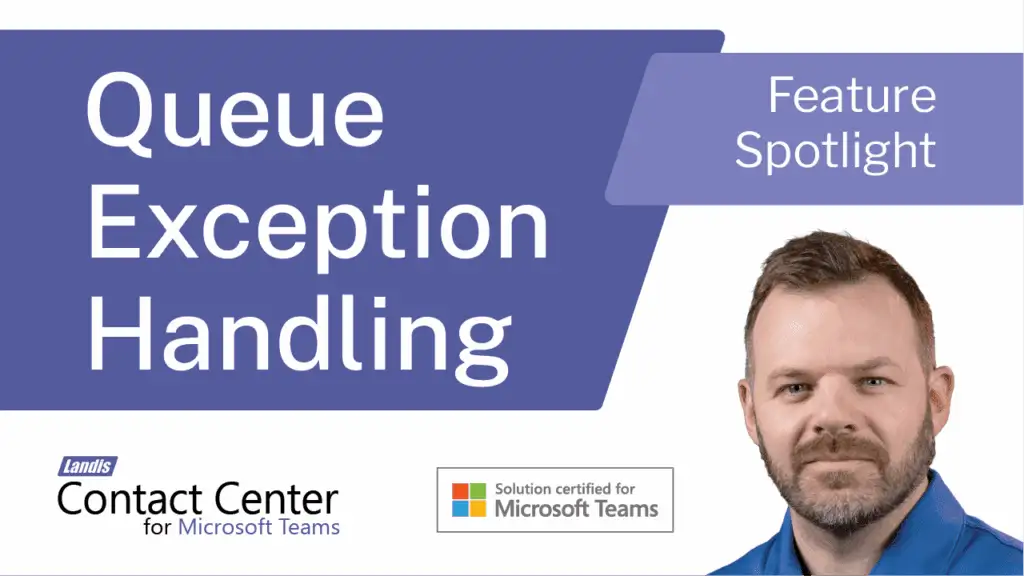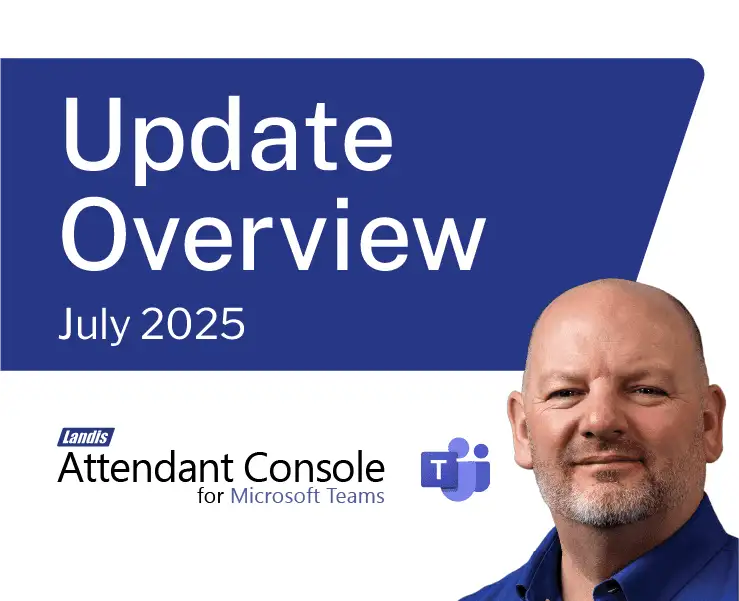What Happens When No One Answers the Call?
When setting up your contact center, one of the most important considerations is how your inbound callers are treated. Specifically, what happens while they wait or if no one picks up. That’s where queue exception handling comes into play.
In this post, we’ll walk through how exception handling works within the Landis Contact Center and the options available when an agent doesn’t answer a call in time.
Exception Handling Overview
Inside the queue settings of Landis Contact Center, there’s a dedicated tab for exception handling.
There are two main tools here:
- Timeouts, which are automatic actions triggered after a set wait time.
- Breakouts, which give callers an option to leave the queue themselves.
Timeouts: Taking Action Automatically
When a timeout is enabled, the system will perform a defined action once a call has been in the queue for a certain amount of time. That action could be:
- Routing the call to a rollover or emergency queue
- Sending the call to voicemail
- Forwarding to a third-party answering service via a PSTN number
You can also set the timeout to trigger immediately if no agents are available. This is useful during events like team meetings, where all agents may be signed out.
Breakouts: Giving the Caller Control
Unlike timeouts, breakouts allow the caller to make the decision. You can offer options like:
- Press 1 to leave a voicemail
- Press 2 to request a callback
- Talk to a voice assistant built with Landis IVR
These choices make the wait more manageable or allow the caller to skip the wait altogether.
Example: Offering a Callback Option
Take the example of a caller who doesn’t want to hold. You can let them press 2 to request a callback, which routes them to a specialized IVR.
There, the IVR can:
- Confirm their callback number
- Let them enter a new number if needed
- Ask why they were calling, using a voice input block (the caller can just speak their reason)
Once that’s done, the system logs the callback request with a summary powered by AI, so agents have context when they return the call.
Your agents can view these requests in a dedicated callback request page with all relevant details, including caller input and the AI-generated summary.
Want help setting up your queue exception handling in Landis Contact Center? Reach out and we’ll be happy to walk through your setup and suggest improvements.




